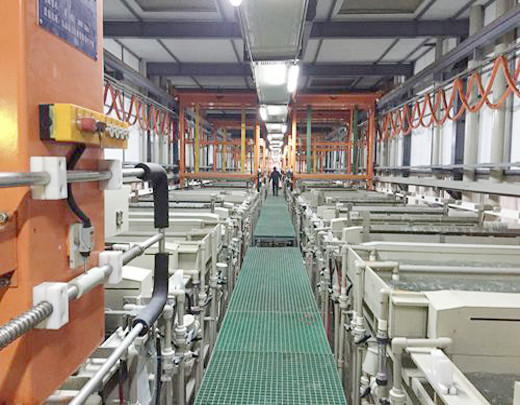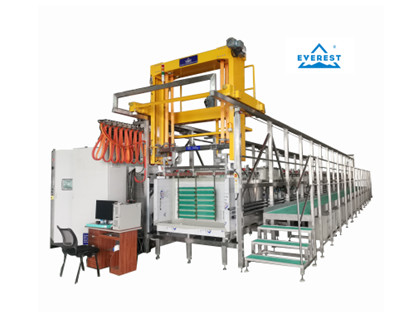Core tip: The passivation film can be divided into white passivation, light blue, rainbow passivation, golden yellow, black passivation, and military green passivation based on its appearance. The order of corrosion resistance of these passivation films is military green>black>rainbow color>golden yellow>light blue>white. Therefore, all mechanical parts used for corrosion resistance must undergo rainbow passivation.
Zinc has active chemical properties and is prone to oxidation and darkening in the atmosphere, ultimately leading to “white rust” corrosion. After galvanization, it undergoes chromate treatment to cover a layer of chemical conversion film on zinc, making the active metal in a passive state. This is called zinc layer chromate passivation treatment. This layer has a thickness of only 0.5 μ The chromate film below m can increase the corrosion resistance of zinc by 6-8 times, and endow zinc with a beautiful decorative appearance and anti fouling ability. At present, passivation mainly includes hexavalent chromium passivation and trivalent chromium passivation.
Chromate passivation not only serves as a protective layer, but also can be used for protective and decorative purposes on some low-end products through white passivation or organic coloring of white passivation. Chromate passivation solution is composed of chromic acid, activator and inorganic acid. Zinc reacts with passivation solution to dissolve zinc, reduce hexavalent chromium to trivalent chromium, and consume hydrogen ions in the reaction. When the pH value on the interface between zinc and solution rises to above 3, a series of film forming reactions will be generated, and gel like passivation film will be formed on the zinc interface. There is still debate about the mechanism of passive film formation and the chemical composition of the film layer. It is generally believed that the zinc passivation film is a hydrate composed of basic chromium chromate, basic zinc chromate, and hydrated chromium trioxide. After analysis, the trivalent chromium content in the membrane accounts for 28.2%, hexavalent chromium accounts for 8.68%, and moisture accounts for 19.3%. Among them, trivalent chromium is the framework of the passivation film, and hexavalent chromium is filled in the framework of trivalent chromium through adsorption, inclusion, and chemical bonding force. Therefore, the content of hexavalent chromium directly affects the corrosion resistance of the passivation film. When the passivation film is scratched, scratched, or damaged, hexavalent chromium can dissolve in the water film in humid air and form a film for automatic repair at the damaged area. This is one of the important advantages of chromate film. For a long time, it has been believed that the rainbow color of passivation films is determined by their chemical composition. Trivalent chromium appears light green and green in color; Hexavalent chromium appears orange red to red in color; Mixing different valence states and amounts of chromium results in a colorful appearance. This is the theory of chemical purity. But it cannot explain that colors vary from different perspectives; Different passivation techniques can result in layered color levels; The color change pattern with the increase of passivation film thickness is the same as the color displayed by the visible light wave; And phenomena such as color changes during the drying process. Chinese researchers have proposed the theory of physical color, which refers to the interference color of light waves.
According to the principle of light wave interference, a portion of the incident light is reflected when it reaches the surface of the passivation film, while another portion is reflected from the surface of the zinc layer through the passivation film, resulting in a difference in optical path between the light reflected from the outer surface and the inner surface. When the difference in light layer is equal to half or an odd multiple of the light waves of a certain color, light wave interference occurs and cancels out a part, and what we see with the naked eye is only the auxiliary color of that color. For example, if the passivation time is short, the interference of thin film light waves occurs in the ultraviolet region, and the color at this time depends on the natural color of the compound, such as cyan gray. As the film layer thickens, blue undergoes light wave interference and weakens. People see yellow (a secondary color of blue), and so on. When the film thickness is greater than 0.7 μ When m is reached, the passivation film returns to its natural color – brown. Due to the movement of the workpiece, the thickness of the film layer is uneven, and various colors overlap to present a colorful appearance.
However, neither of the above two theories can replace each other and further research is needed.
The passivation film can be divided into white passivation, light blue, rainbow passivation, golden yellow, black passivation, and military green passivation based on its appearance. The order of corrosion resistance of these passivation films is military green>black>rainbow color>golden yellow>light blue>white. Therefore, all mechanical parts used for corrosion resistance must undergo rainbow passivation.




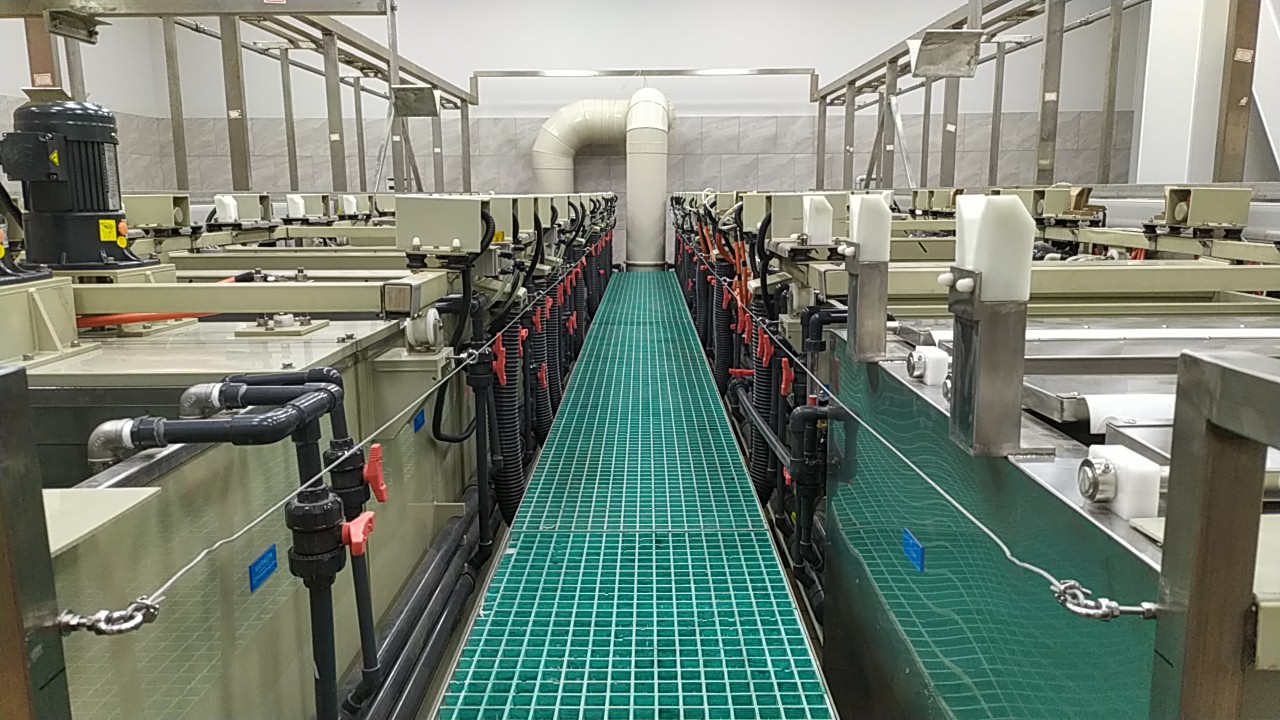
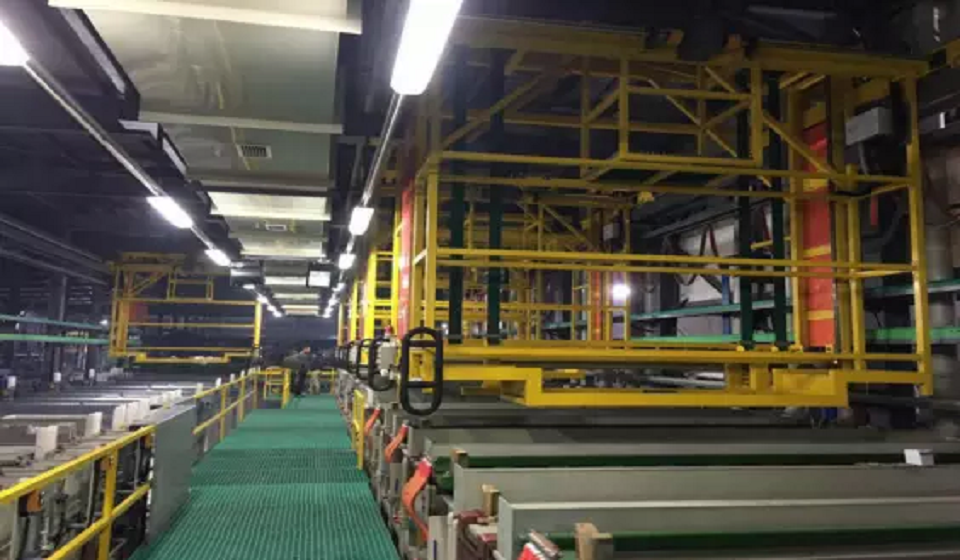
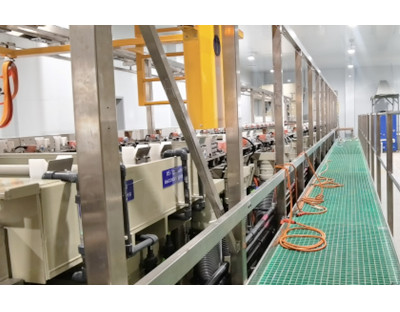
 Mar. 07, 2022
Mar. 07, 2022 